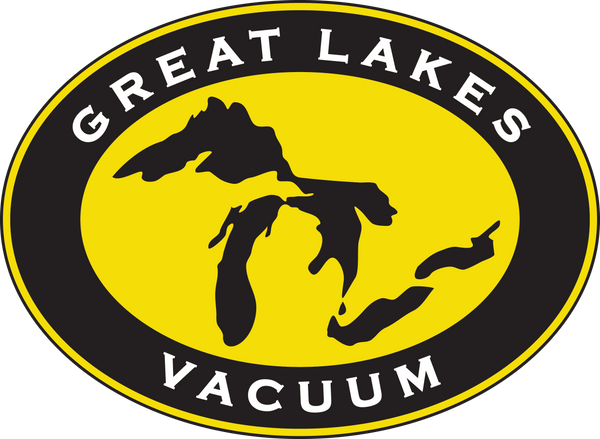Troubleshooting Vacuum Pump and Blower Issues
Share
Diagnosing Vacuum Pump Failures in the Field - Before Downtime Hits Hard
Great Lakes Vacuum Pump and Blower Expertise: Fast troubleshooting guide from Great Lakes Vacuum—learn how to spot vacuum pump failures, diagnose issues, and get your system back online with expert support and certified parts.
WWW.GREATLAKESVACUUM.COM: Downtime costs you. GLV helps you diagnose pump failures fast—check out our in-field guide and get your team back in motion.
Prevention Methods:
When vacuum systems falter, production slows, frustration builds, and dollars drain. At Great Lakes Vacuum, we know the urgency. That’s why we built a fast-action diagnostic guide to help your team cut downtime and pinpoint problems.
Early Warning Signs
Before you pull the pump, check for these symptoms:
- Vibration or rattling – Could be misaligned shafts or worn bearings.
- Odd noises – May indicate vane or impeller issues.
- Overheating – Common with restricted airflow or bad lubrication.
- Low vacuum pressure – Possibly from internal damage or leaking seals.
On-Site Troubleshooting Tips
Use this checklist in the field:
- Verify oil level + color
- Scan for surface hotspots
- Inspect seals, hoses, and fittings
- Listen for abnormal sound patterns
- Compare vacuum readings to spec
Still stuck? We’ve got your back.
Partner with GLV
Great Lakes Vacuum doesn’t just supply parts—we deliver solutions. Contact us regarding:
- Consultation
- Remanufactured pumps with fast ship times
- Certified aftermarket & OEM parts
- Hands-on rebuilds with expert testing
We know these machines inside and out—and we’ll keep yours running like new.
Download the Checklist or Call GLV
Want a printable version for your crew? Email us or call, and we’ll customize a checklist for your models. If you’re staring down a stalled pump, the GLV team is ready—just reach out.
